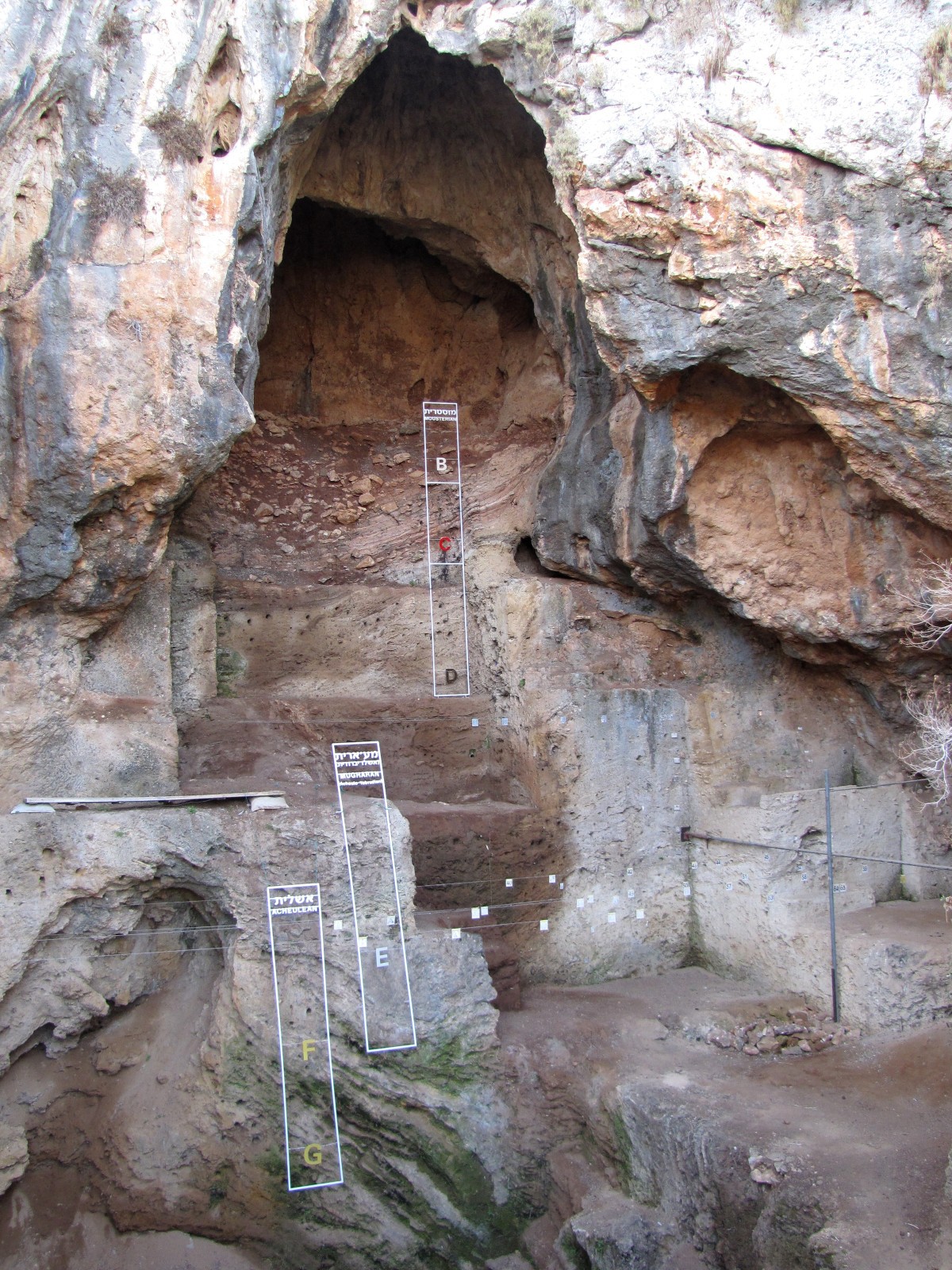A grinding/scraping tool from around 350,000 years ago was discovered in Tabun Cave on Mount Carmel, University of Haifa archeologists reported in the Journal of Human Evolution.
The rounded dolomite pebble, bearing microscopic signs of abrasion, predates by around 150,000 years all other tools found to date.
The researchers note that “the unusual finding from Tabun Cave shows that hominins [types of ancient humans]processed various materials by means of abrasion” even before the appearance of Homo sapiens.
“Although this tool is ostensibly ‘simple,’ its appearance at such an early date and the fact that it is unparalleled in findings from this early stage of human evolution mean that it is of global importance,” the researchers noted.

Tabun Cave contains approximately 100 superimposed archeological layers testifying to the activities of hominins over the past 500,000 years. For 90 years, the site has been an important focus for the study of human evolution.
The extraordinary abrading tool was uncovered as part of a new project led by Ron Shimelmitz and Prof. Mina Weinstein-Evron, with Iris Groman-Yaroslavski, Prof. Danny Rosenberg and partners from Israel and abroad.
Microscopic analysis in the university’s Zinman Institute of Archaeology revealed signs of wear on the surface of the stone. The researchers tried to mimic these patterns with controlled abrasion experiments using natural dolomite pebbles collected on Mount Carmel.
“Although the results did not show a full correlation between the patterns of abrasion seen on the unique pebble and those we documented in our experiments, we found a high level of similarity to the abrasion marks found following the abrasion of animal skins. Accordingly, we concluded that the ancient stone tool was used for abrading soft materials,” Groman-Yaroslavski explained.








